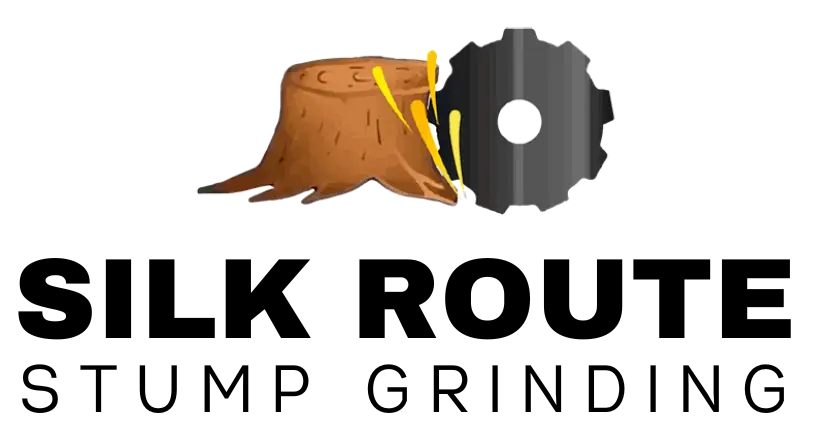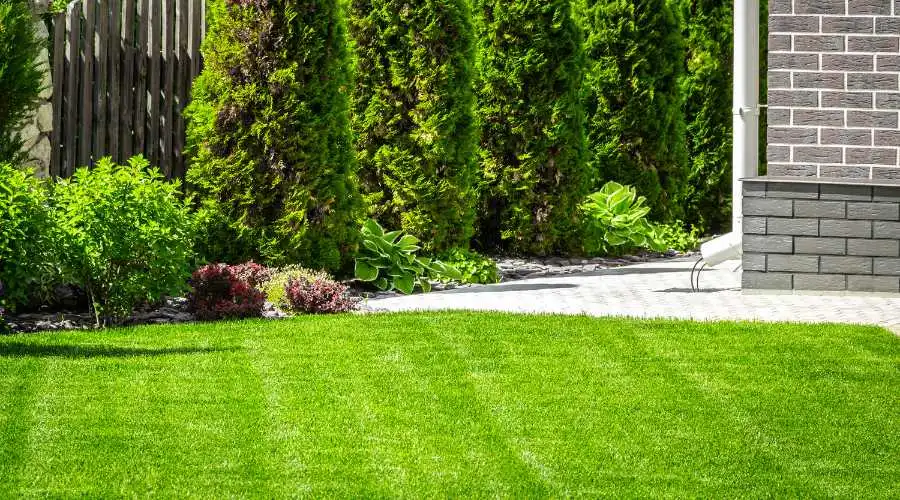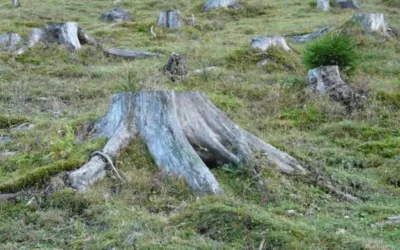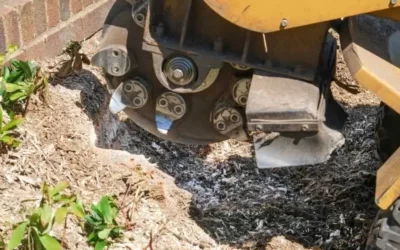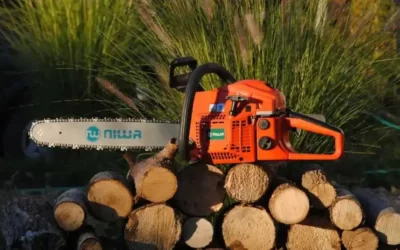Having a tree removed from your property is often a necessary decision for various reasons, such as disease, safety concerns, or landscape redesign. However, once the tree is gone, you may be left with an unsightly stump and a damaged lawn area. Restoring your lawn after tree removal is crucial to maintaining the overall aesthetics and health of your outdoor space. In this comprehensive guide, we will walk you through the steps to repair your lawn effectively and restore it to its former beauty.
Remove the Tree Stump
Before you can begin repairing your lawn, it’s essential to remove the tree stump. Stumps can be eyesores, potential safety hazards, and may hinder lawn repair efforts. Consider hiring a professional stump grinding company to efficiently remove the stump, ensuring a clean slate for your lawn restoration process.
Clear Debris and Vegetation
Once the stump is removed, clear the area of any debris, roots, or vegetation left behind. Use a rake or shovel to tidy up the site and create a clean surface to work with. If you do not want to handle this task, most stump grinding services offers debris clean-up, which may require additional fees.
Assess the Soil
Next, evaluate the soil in the affected area. Tree removal and stump grinding can sometimes disrupt the soil structure and deplete essential nutrients. Test the soil’s pH levels and nutrient content to determine if any amendments are necessary for optimal lawn regrowth.
Add Organic Matter
To improve the soil quality, add organic matter such as compost or well-rotted manure. These organic materials enhance soil fertility, water retention, and drainage. Spread a layer of organic matter over the area and work it into the soil using a rake or tiller.
Level the Ground
Use a lawn roller or compactor to level the ground and ensure a smooth surface for your lawn. This step helps prevent unevenness and improves the overall appearance of your restored lawn.
Reseed or Sod the Area
Depending on the size of the area and your preference, you can choose between reseeding or laying sod. Reseeding is a cost-effective option for larger areas, while sod provides instant results for smaller spaces. Select grass seed or sod that is suitable for your region’s climate and matches the one that is existing in your lawn.
Water and Fertilize
After seeding or sodding, water the area thoroughly to promote germination and root establishment. Keep the soil consistently moist during the initial growth period. Apply a balanced fertilizer to provide essential nutrients for healthy grass development.
Implement Regular Lawn Care
Maintain your restored lawn by implementing regular lawn care practices, such as mowing, watering, and fertilizing. Set a mowing schedule to keep the grass at an appropriate height, and water deeply but infrequently to encourage deep root growth.
Monitor and Address Issues
Monitor your lawn’s progress and address any issues that may arise. Keep an eye out for pests, diseases, or signs of nutrient deficiencies. Promptly address these concerns to ensure the long-term health and vitality of your lawn.
Seek Professional Advice
If you encounter challenges during the lawn repair process, don’t hesitate to seek professional advice from lawn care experts. The team at Silk Route Stump Grinding has services such as sod lawn installation, land grading and land leveling services and they can provide valuable insights and assistance in restoring your lawn to its best condition.
Repairing your lawn after tree removal isn’t just a step; it’s the foundation of a beautiful and thriving outdoor space. The absence of a tree may create a void, disrupting the harmony you’ve carefully crafted. This gap must be filled with care, preserving the equilibrium of your landscape.
So, remember, tree removal is the start of a new chapter. Nurture your lawn, and it will reward you with lush greenery for years to come. Embrace the journey of crafting a mesmerizing outdoor space, where every element coexists harmoniously, and a thriving lawn becomes a symbol of your love for nature and passion for beauty.
Repairing your lawn after tree removal is a critical step in maintaining a beautiful and healthy outdoor space. By following these steps and enlisting the help of professionals,you can ensure a successful lawn restoration process. With proper care and attention, your newly restored lawn will thrive and complement the overall beauty of your property. Take pride in your landscape and enjoy the benefits of a well-maintained lawn for years to come.
